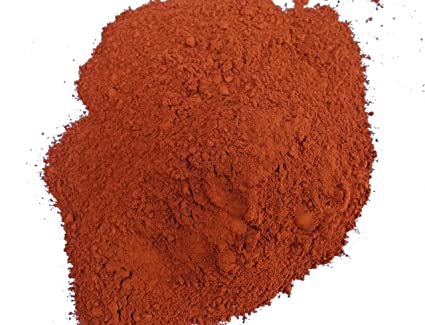Synergistic solidification mechanism of red mud multi-solid waste
Red mud is a solid waste produced in the process of alumina extraction from bauxite, with a large amount and low utilization rate. At present, the storage method of red mud in the environment is mainly open-air storage. Due to the high alkalinity of red mud and the presence of associated heavy metal mineral elements and other characteristics, this storage method has great hidden harm to soil, groundwater and surrounding air. , it also poses a safety hazard to human production and life, and is a bulk solid waste that urgently needs to be disposed of.

Due to the different aluminum-making processes of red mud, the types and contents of compounds in different red mud are quite different, resulting in different properties and difficulty in utilization. However, no matter what kind of red mud, there are active substances such as AI2O3 and Fe2O3, so it has potential gelation, which makes red mud have more ways to be developed and utilized, such as building material preparation, valuable metal extraction and adsorption. In other fields, although red mud can also be used reasonably, the utilization rate is low, and it is difficult to achieve the goal of mass consumption of red mud.
Therefore, the development of red mud as a cementitious material for mine backfilling and the preparation of low-strength backfills by using its potential gelling activity is the best choice for scientifically and rationally utilizing solid waste and at the same time consuming a large amount of red mud in a short period of time. In this context, in view of the urgent background of ecological environmental protection and the consensus reached by this scientific and reasonable concept, researchers have done a lot of experimental research on red mud, and reached a series of important conclusions. The research results of development significance, and the general laws and solidification mechanisms under the synergistic effect of red mud and multiple solid wastes are listed and analyzed from multiple perspectives.
1. Red mud-fly ash-desulfurized gypsum-lime-activator composite system
2. Low iron red mud-carbide slag-desulfurized gypsum system
3. Red mud-blast furnace slag-steel slag ternary system
4. Red mud-slag less clinker system
5. Stone powder-red mud-mineral powder system
In the development of the filling material industry, although the above systems are only a few aspects of the disposal and utilization of red mud as a large comprehensive solid waste, they can basically represent the general effect of the synergy between red mud and multiple solid wastes. The following conclusions can be drawn through detailed comparative analysis: (1) Compared with other highly active solid wastes, red mud itself contains unstable chemical components, and its potential gelling activity is difficult to stimulate. When it is used as a single gelling material It is almost inactive and difficult to utilize; ② Red mud has synergistic effect with multiple solid wastes such as fly ash and mineral powder, and the strength effect is obvious, mainly due to the strong alkali effect of red mud and the synergistic effect of multiple solid waste compounds; ③ Red mud In the binary or multi-component solid waste system, adding part of the activator can promote the hydration effect obviously, and the early strength is formed quickly, which basically meets the filling engineering application.
At present, the research on the application of red mud in filling materials is relatively scattered, and most of them are carried out from the aspects of increasing the content of red mud and using different excitation effects to enhance the activity of red mud. . In addition, the leaching hazards of heavy metal ions in red mud should be fully considered to avoid secondary pollution and damage to groundwater resources and ecosystems. Further reduce the cost of filling materials. From the perspective of using red mud in filling, the research in this field has begun to take shape. We believe that in the future, red mud will be utilized as a resource, and at the same time, solid waste will be consumed scientifically and reasonably quickly, reducing environmental pressure and filling. will always be a reasonable choice.
